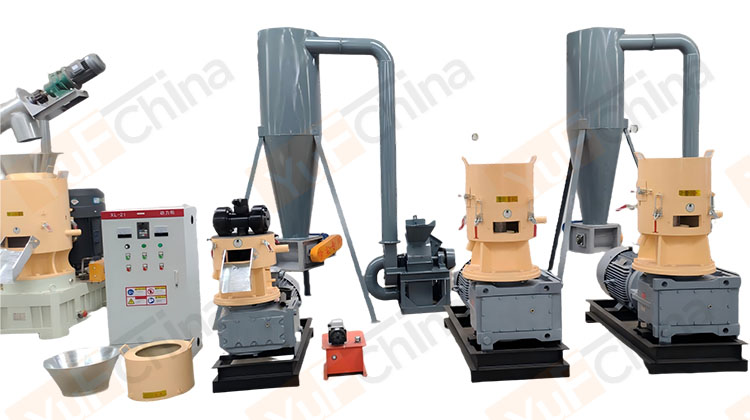BLOG
| Subscribe to our e-mail can be Downloads Free buyer's guide! |
2025-09-10 14:32:30 hits:301
Why is it recommended that small and medium-sized investors start with a flat die pellet mill?

Why is a flat die pellet mill suitable for small and medium-sized investors?
The equipment purchase cost of a flat die pellet mill is significantly lower than that of a large ring die pellet mill. The investment per unit is generally within the budget of small and medium-sized investors, and there is no need for high supporting facility construction costs. This can significantly reduce initial capital pressure and prevent excessive capital tie-up from impacting subsequent production.
What are the advantages of a flat die pellet mill for production sites, and is it suitable for small and medium-sized investors?
Its compact structure and small footprint require only a few dozen square meters of flat land for installation and operation, eliminating the need for a dedicated large factory building. Whether in a small rented workshop or in idle space on your own property, it can meet production needs, reducing site rental or construction costs.
How difficult is a flat die pellet mill to operate, and is it suitable for small and medium-sized investors?
The equipment's operation process is simple, requiring no specialized technicians. Ordinary workers can master it after one or two days of training. Routine maintenance requires only basic inspections and replacement of wearing parts, eliminating the need for a dedicated repair team, reducing the cost and effort of hiring and training personnel for small and medium-sized investors.
What are the characteristics of the flat die pellet mill in terms of raw material adaptability? Can it reduce raw material risk for small and medium-sized investors?
It can process a variety of common raw materials, such as corn stalks, wood chips, and soybean meal, eliminating the need to rely on a single scarce raw material. Investors can flexibly choose according to local raw material availability, reducing raw material procurement costs and the risk of supply disruptions. They can also adjust pellet product types based on market demand.
Does the flat die pellet mill's production capacity match the market positioning of small and medium-sized investors?
The production capacity is generally between 1 and 5 tons/hour, which not only meets the needs of small and medium-sized investors in connecting with local customers such as feed mills and biomass fuel distributors, avoiding product backlogs due to overcapacity, but also allows for capacity expansion through gradual equipment expansion, aligning with the "small steps, trial and error, steady development" approach of small and medium-sized investors.